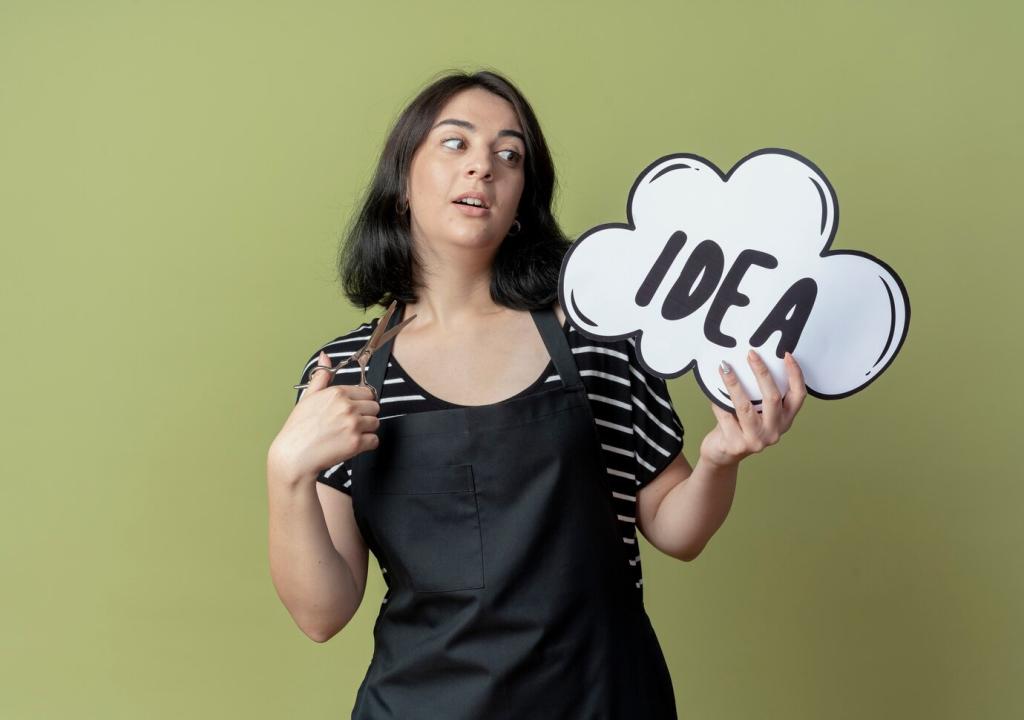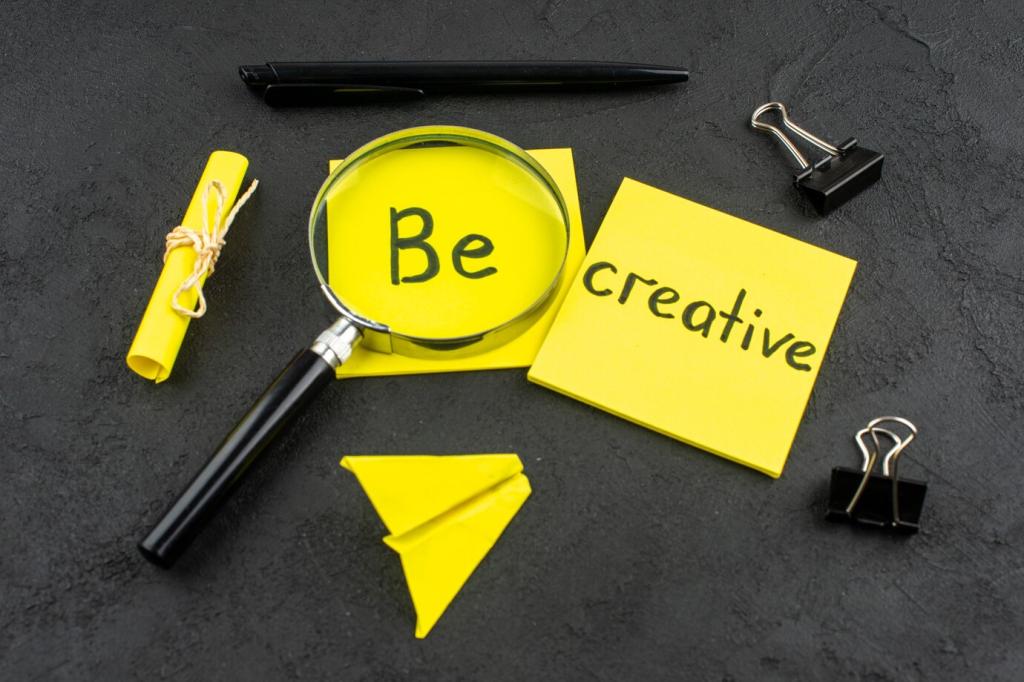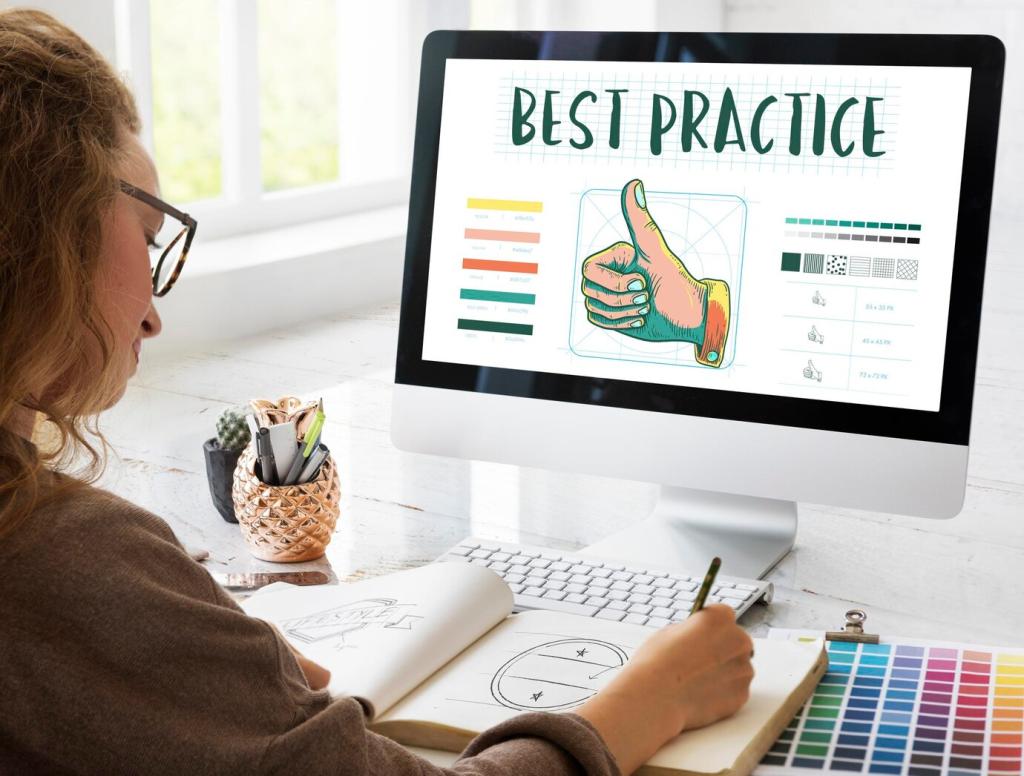Build a Narrative Arc for Your Visuals
Identify the hero of the screen: the user’s goal or the single action that matters most. On a charity page we redesigned, one child’s portrait became the protagonist, and donations rose when supporting copy, contrast, and proximity quietly spotlighted that story.
Build a Narrative Arc for Your Visuals
Design the environment that frames your hero. A travel app used panoramic headers, subtle map textures, and local typography to situate users before any interaction. That sense of place reduced uncertainty and helped newcomers trust the journey enough to explore further.




